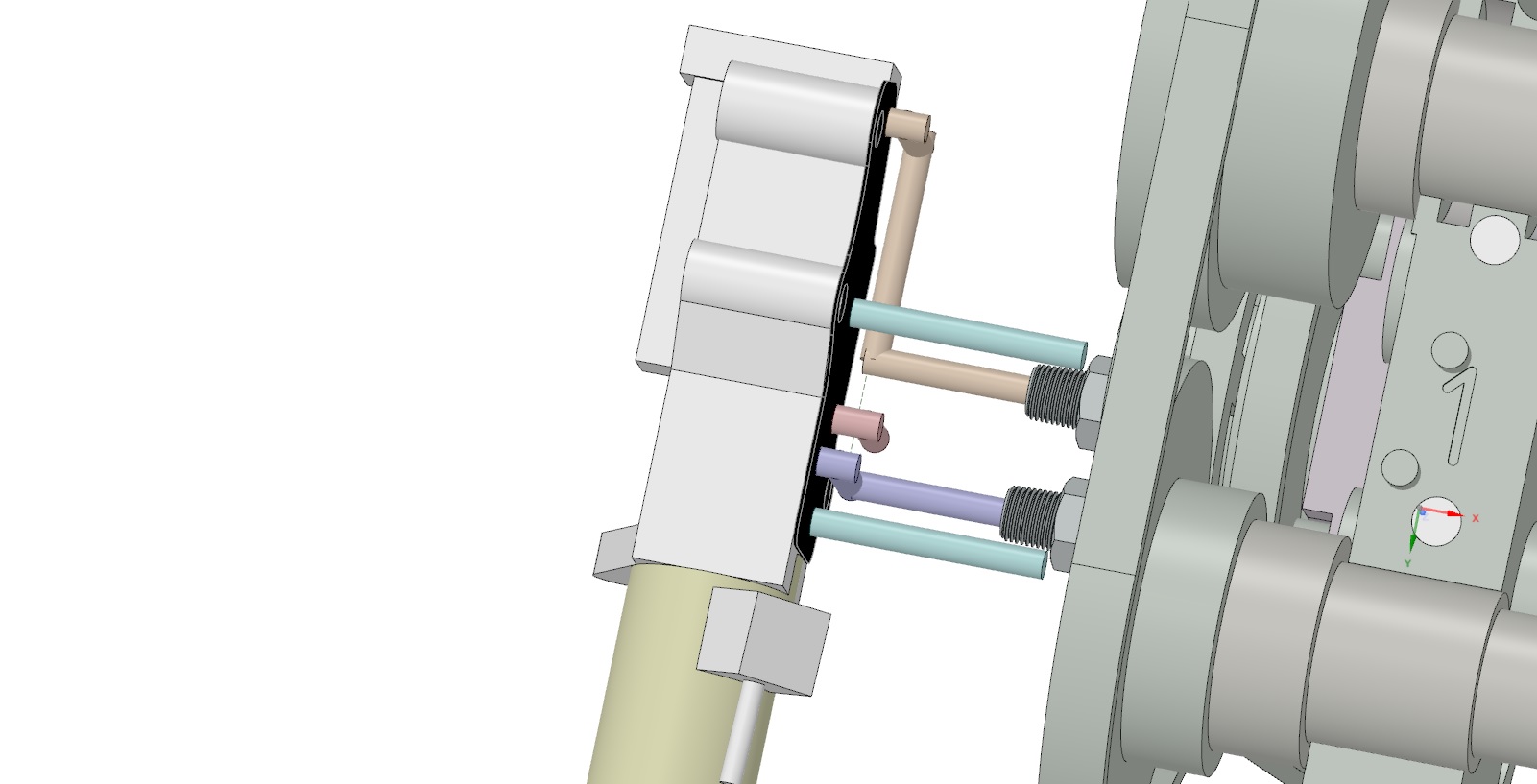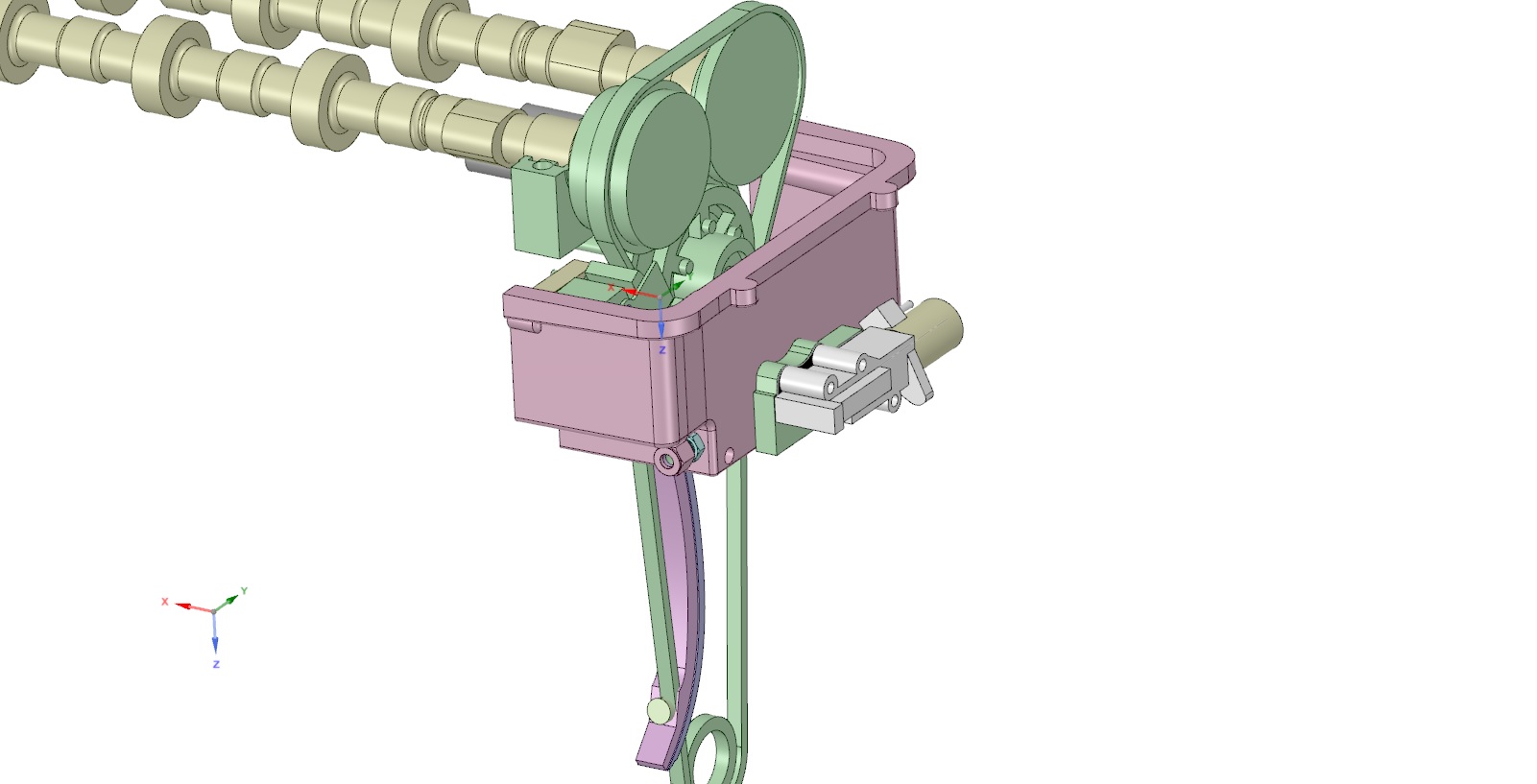Since I’m planning on trying out VCT on my build I figured I’d better finalize the valving. For me it’s alway a balance of (not necessarily in this order) function, manufacturing and style. On the VCT it’s always function first since what’s the point if it looks better than it works. I knew what valve I wanted to use ( manufacturing) and where it needed to go (function) but not how to make it work ( manufacturing ) and not have it be butt ugly (style).
I picked the valve I did because of the fact it came with it’s own manifold. This makes manufacturing a lot easier since I don’t have to do any precision boring. Since it’s an open pressure (bleed) circuit believe I need to locate the valve as close to the cam phaser as possible to try and minimize the response lag. I also have to deliver a pretty good volume of oil at times where a fast response is necessary.
I mapped out the valve with the 4 circuits. Oil in, 2 drains, advanced and retard.
The valve is a spring return and defaults to retarded cam position. Retarded seems to be the default for the phaser as well. Which makes sense.
Lets start with the fact that I’m not crazy style wise about hanging this valve off of the front of the timing cover. But it’s the closest I can get it to the phaser and still be able to plumb it. Here is a shot of the final plumbing. Red is oil in. Light blue are the drains. brown is retard and purple is advance.
Since I didn’t want the valve there to begin with you can imagine how I felt when I finally gave in to the fact that I needed a .625″ thick manifold block to handle all the cross drilling. I tried a bunch of scenarios but it would have added a ton of time to the machining because of doing that kind of work on a short production run casting is tough.
I also had to flip the valve 180 from my original position to get the advance and retard ports to match the head.
It’s all about compromises in life:)
Derek:


